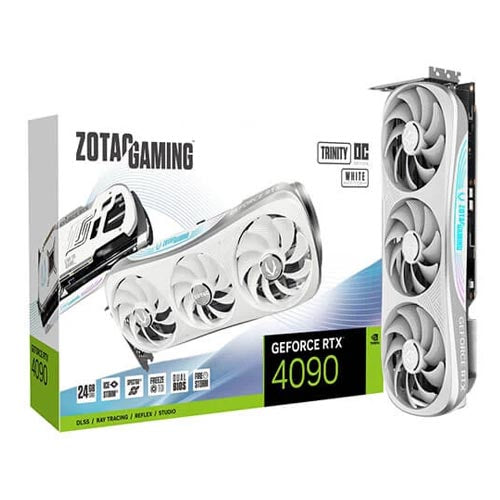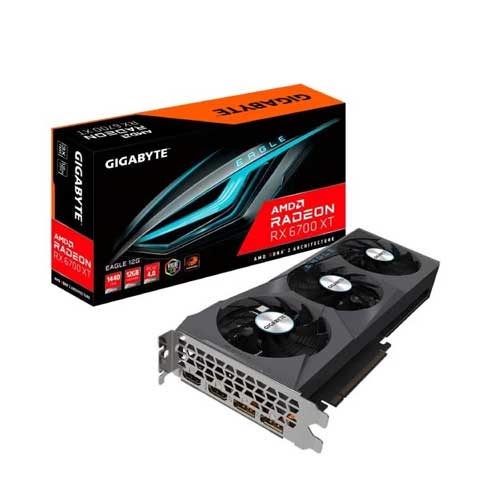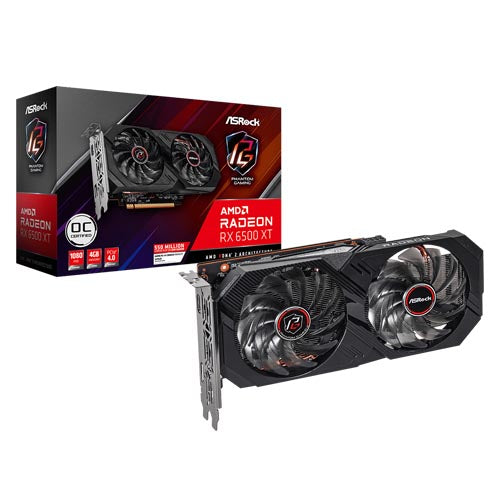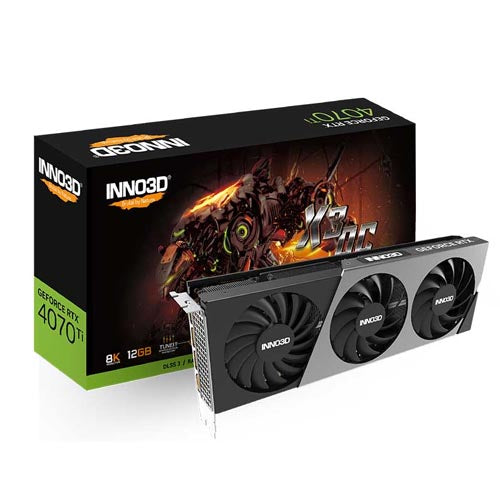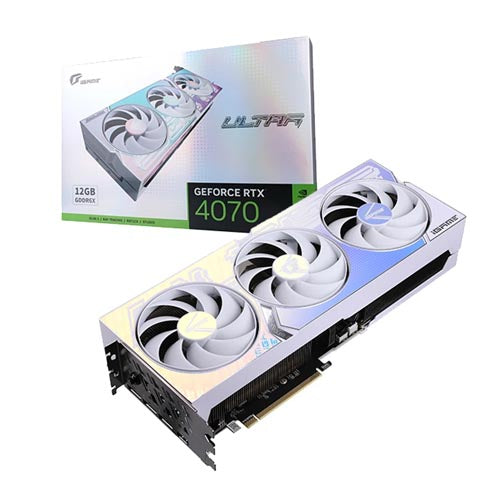
In the world of enterprise infrastructure, uptime isn’t a luxury—it’s a necessity. Whether you're running a high-frequency trading application, hosting multi-tenant cloud services, or managing massive volumes of transactional data, the stability of your server environment is non-negotiable. While organizations often focus on building high-availability systems through redundancy, virtualization, and disaster recovery protocols, many overlook a fundamental vulnerability: hardware authenticity.
Fake server spare parts—cheap imitations of OEM components—have quietly infiltrated the global IT supply chain. These parts may pass initial inspections but lack the engineering quality, electrical integrity, and firmware support of genuine products. Their deployment can lead to catastrophic failures, subtle data corruption, and even compliance violations.
This article explores the technical red flags, performance metrics, and validation procedures that help IT professionals identify and eliminate counterfeit spare parts from their server ecosystems.
What Are Fake Server Spare Parts?
A fake or counterfeit server spare part is any hardware component that is misrepresented in origin, quality, or certification, often designed to look like a genuine product from an OEM (Original Equipment Manufacturer) such as Dell, HPE, Lenovo, or Cisco. These components might be:
-
Clones or knock-offs, manufactured using substandard materials.
-
Repackaged and relabeled items, salvaged from e-waste or failed systems.
-
Modified or flashed, with counterfeit firmware to report fake specifications.
These fake parts are deceptively close in appearance to authentic hardware. However, under a technical lens, they lack key identifiers, proper electrical characteristics, and performance metrics. Many even spoof firmware values to mislead diagnostic tools.
Common Fake Components Found in Server Environments
-
RAM (ECC DDR4/DDR5 Modules)
Often salvaged from desktops or old servers, relabeled, and sold as enterprise ECC modules. May lack actual ECC functionality or proper JEDEC compliance.
-
SSDs and HDDs (SATA/NVMe/SAS)
Commonly flashed to show inflated capacity, missing thermal sensors, or report misleading S.M.A.R.T. data. Many lack endurance characteristics like proper TBW (Total Bytes Written) ratings.
-
Power Supply Units (PSUs)
Counterfeit PSUs may mimic genuine form factor and labeling but often lack overvoltage protection, active PFC (power factor correction), and ripple suppression—posing real danger to motherboards and CPU voltage regulators.
-
Network Interface Cards (NICs)
Fake NICs may use outdated or non-compliant chipsets. Drivers may be generic or incomplete, leading to unstable network behavior under high loads or large MTU settings.
-
RAID Controllers and HBAs
Often missing caching components, battery backup modules, or with outdated firmware versions that limit RAID functionality. Poor signal integrity can cause data loss during rebuilds.

The Technical Risks of Counterfeit Components
a. Compatibility Failure at Firmware Level
Most modern servers rely on tight firmware integration between components and the baseboard management controller (BMC). Counterfeit parts may:
-
Not appear in system diagnostics (e.g., Dell iDRAC, HPE iLO).
-
Fail to negotiate correct parameters with the BIOS or EFI.
-
Cause initialization errors or warning lights during POST.
b. Thermal and Power Instability
Fake fans may operate outside the expected RPM ranges, triggering thermal throttling. Poor-quality PSUs may have unstable voltage rails, putting sustained loads at risk of undervolting or overvolting.
c. Reduced Performance Under Load
Fake SSDs may benchmark well under light loads but exhibit IOPS collapse, latency spikes, or thermal shutdown when subjected to real workloads like high-frequency logging, VM snapshots, or large dataset reads.
d. False Telemetry and Incomplete Diagnostics
S.M.A.R.T. and SPD (Serial Presence Detect) data may be spoofed. This breaks predictive failure analysis and makes root cause investigation nearly impossible when issues occur.
e. Long-Term Data Corruption Risks
In environments relying on ECC memory and RAID setups, even minor inconsistencies in signal timing, write amplification, or drive behavior can silently corrupt data. These failures may go unnoticed for weeks or months.
Identifying Fake Hardware: A Step-by-Step Technical Checklist
1. Physical Verification
-
Compare components side-by-side with known genuine parts.
-
Inspect fonts, holograms, batch stickers, and serial number formatting.
-
Check solder joints, capacitors, and connector types under magnification.
2. Firmware and EEPROM Scanning
-
Use
dmidecode,smartctl, or vendor tools like Dell OMSA, HPE SSA. -
Validate manufacturer ID, firmware version, part number, and performance stats.
-
Check SPD dump for memory modules using
decode-dimmsor BIOS-integrated viewers.
3. Performance Benchmarking
-
Use
fio,AnvilPro, orATTO Disk Benchmarkto test IOPS and latency. -
Run
MemTest86orstress-ngto validate RAM under pressure. -
Monitor thermal throttling behavior and I/O queue depth handling.
4. Electrical Load Testing
-
Measure ripple voltage and current regulation on PSU rails with a multimeter or oscilloscope.
-
Test fans with PWM control and verify RPM ranges through IPMI/BMC.
5. Network & Storage Behavior
-
Validate jumbo frame support, RX/TX throughput, and interrupt handling on NICs.
-
Use RAID rebuild simulation to test disk consistency under controller stress.
How Fake Components Enter Your Supply Chain
-
Online bulk marketplaces offering "refurbished" parts at heavily discounted prices.
-
Third-party service vendors using grey-market hardware without disclosure.
-
Misleading packaging—returned components repackaged as new with cloned serials.
-
Lack of traceability—vendors unable to provide manufacturer invoices, CoAs, or production lot IDs.
Real-World Failure Stories
Case 1: Faulty ECC RAM in an AI Training Cluster
An enterprise AI cluster deployed low-cost ECC DDR4 modules purchased through a third-party marketplace. Over time, silent memory errors led to corrupted model checkpoints and unexplainable training divergence. Diagnosis revealed RAM modules reporting false ECC support.
Case 2: RAID Controller With Incompatible Firmware
A critical storage node began failing during RAID-6 parity rebuilds. A fake controller—flashed with tampered firmware—was unable to process extended RAID operations, resulting in a full node crash and near data loss.
Prevention Framework: Best Practices for IT Teams
-
Maintain an Approved Vendor List (AVL)
Partner only with OEM-certified distributors.
Ensure every invoice includes serials, warranty IDs, and traceable lot numbers.
-
Enforce Pre-Deployment Validation
Benchmark and document performance of every critical component before going into production.
Isolate new hardware in a test environment to perform load and thermal testing.
-
Implement Digital Inventory and Monitoring
Use asset management systems like Snipe-IT or Lansweeper to track lifecycle data.
Integrate logs from BMCs (iLO/iDRAC/IPMI) to verify real-time health metrics.
-
Educate Procurement and Operations
Train teams to identify signs of tampering.
Run quarterly audits and spot checks on inventory.
Emerging Technologies for Anti-Counterfeit Assurance
-
Blockchain Supply Chain Verification
Vendors like Cisco and Seagate are experimenting with blockchain to ensure a tamper-proof record from factory to end-user. This helps identify supply chain breaches.
-
Cryptographic Hardware ID
Newer RAM and SSD controllers include secure modules that sign their ID at boot. BIOS or BMC can reject unsigned components.
-
AI-Based Visual Quality Inspection
Machine learning systems now inspect PCB layouts, label placements, and component footprints to flag anomalies in real-time during intake.

Conclusion
Fake server spare parts are more than a financial risk—they are a technical liability that can silently degrade your infrastructure. Whether through firmware spoofing, electrical instability, or broken diagnostic visibility, these parts compromise every layer of server performance and reliability.
IT teams must think beyond procurement. A zero-trust hardware strategy—based on diagnostics, benchmarks, cryptographic identity, and traceable sourcing—is essential. By rigorously validating every part that enters your infrastructure, you not only ensure compliance and uptime—you safeguard your organization’s most valuable asset: its data.
